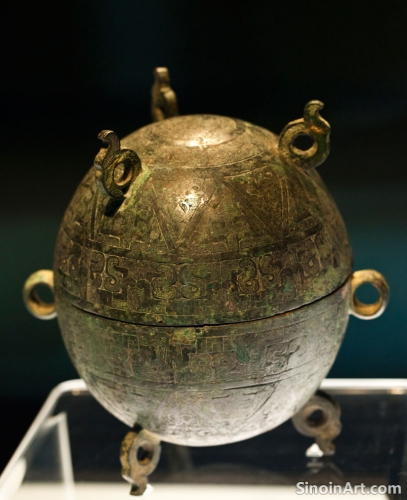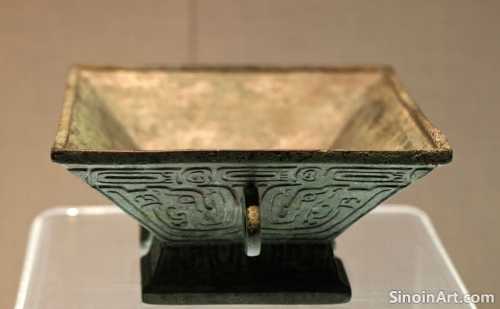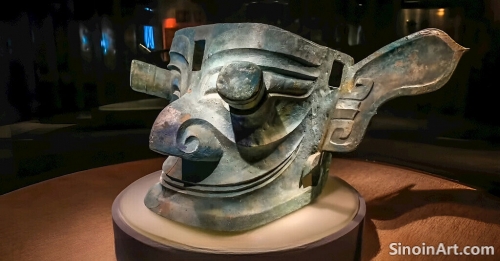Bronze Ware and the Development of Ancient Chinese Hydraulic Technology: Pumps, Pipes, and Control Mechanisms
|
While often discussed in the context of irrigation systems, bronze also played a role in the development of other aspects of ancient Chinese hydraulic technology, including the creation of pumps, water pipes, and other control mechanisms, all essential for managing water resources in both urban areas and also in large agricultural projects. The use of bronze helped to advance the science of water management and to improve both the quantity and the reliability of water resources.  Bronze was used to create components for water pumps, which helped to lift and transport water from lower elevations to higher ones, and also for draining flooded areas, further highlighting the importance of these technologies in ancient China. The careful design and construction of these tools was essential for their reliable use. The presence of these bronze components also demonstrates a high level of technical and engineering skill.  Bronze was also used to create durable and effective pipes and conduits for water distribution, allowing for the creation of complex water supply networks in cities and agricultural areas, and allowing for a reliable source of fresh water. The long-lasting properties of bronze made it ideal for use in the construction of long term water management systems.  The ability to control water flow through the use of bronze valves and other hydraulic devices was a key technological advance, allowing for the implementation of more sophisticated irrigation and water management strategies. The combination of technological innovation and a high degree of scientific understanding helped to produce these remarkably efficient systems. |
Tag : bronze hydraulics, ancient China, water control, pumps, irrigation systems
Related information
- The Influence of Bronze Ware on the Development of Ancient Chinese Military Strategy and Tactics
- The Influence of Ancient Chinese Bronze Ware on Later Korean Art and Design
- Preserving Chinese Bronze Ware: Challenges and Methods of Conservation
- The Enduring Appeal of Chinese Bronze Ware: A Synthesis of Art, History, and Craftsmanship
- Bronze Ware and Ancient Chinese Philosophy: Exploring the Connection Between Material Culture and Intellectual Thought
This article explores the influence of bronze ware on ancient Chinese military strategy and tactics, highlighting its role in the development of weapons, armor, chariots, and how these technologies transformed the nature of ancient warfare.
This article explores the influence of ancient Chinese bronze ware on later Korean art and design, highlighting the adaptation of Chinese forms and techniques, the development of unique Korean styles, and the role of cultural exchange in shaping artistic traditions.
This article discusses the challenges and methods of conserving Chinese bronze ware, highlighting the vulnerability to corrosion, the specific techniques used for cleaning and preservation, and the overall importance of safeguarding these artifacts for the future.
This article reflects on the enduring appeal of Chinese bronze ware, emphasizing its synthesis of technical mastery, artistic beauty, and historical significance, and its continued ability to captivate and inspire scholars, artists, and enthusiasts across the globe.
This article explores the connection between bronze ware and ancient Chinese philosophy, highlighting how Confucian, Daoist, and Legalist ideas influenced the forms, designs, and symbolic meanings of these objects, demonstrating the interplay between material culture and intellectual thought.